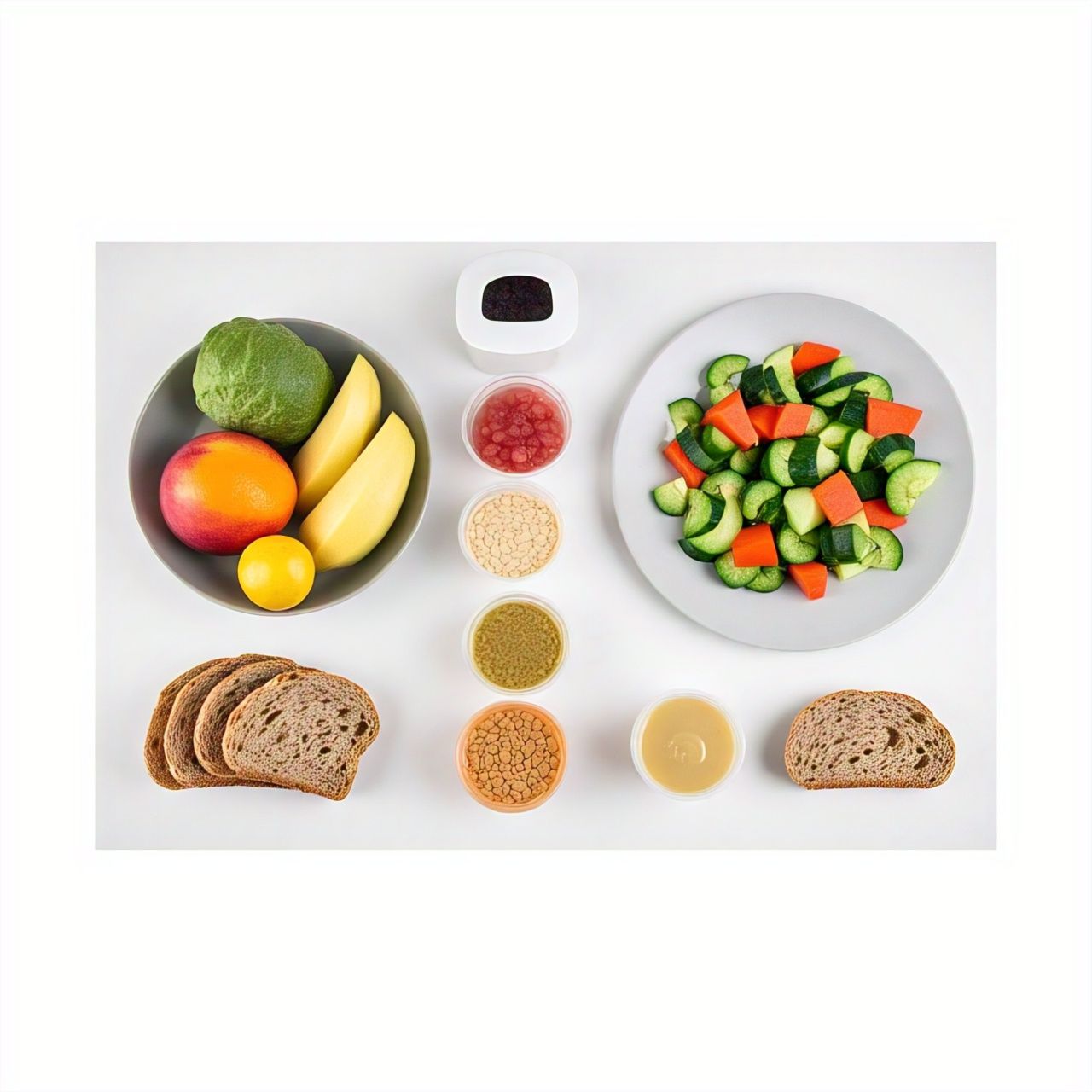Smelling good is an essential aspect of personal hygiene and can greatly impact one’s confidence and self-esteem. Whether you’re heading to work, a social gathering, or just running errands, smelling good can make a significant difference in how you feel about yourself. In this article, we’ll share some valuable tips on how to always smell good.
Shower or Bathe Regularly
The first and most obvious tip is to shower or bathe regularly. Aim to shower or bathe at least once a day, and more often if you’re physically active or live in a hot climate. Use warm water and a mild soap or body wash that suits your skin type.
Use an Antiperspirant or Deodorant
Using an antiperspirant or deodorant is essential to controlling body odor. Look for a product that contains ingredients like aluminum chloride, tea tree oil, or baking soda, which can help reduce sweat and kill bacteria that cause odor. Apply the product to your underarms after showering or bathing.
Wear Clean Clothes
Wearing clean clothes is crucial to smelling good. Make sure to wash your clothes regularly, especially after working out or sweating heavily. Use a laundry detergent that contains fragrances or odor-fighting ingredients to keep your clothes smelling fresh.
Use Fragrances Wisely
Fragrances can be a great way to smell good, but use them wisely. Apply a small amount of perfume, cologne, or body spray to your pulse points, such as your wrists, neck, and behind your ears. Avoid overapplying fragrances, as this can be overwhelming and irritating to those around you.
Eat a Balanced Diet
What you eat can affect how you smell. Eating a balanced diet that’s rich in fruits, vegetables, and whole grains can help reduce body odor. On the other hand, consuming foods that are high in sulfur, such as garlic and onions, can make your sweat smell worse.
Stay Hydrated
Drinking plenty of water is essential to staying hydrated and smelling good. When you’re dehydrated, your body produces more concentrated sweat, which can lead to body odor. Aim to drink at least eight glasses of water a day to stay hydrated and smell fresh.
Practice Good Oral Hygiene
Good oral hygiene is crucial to smelling good. Brush your teeth at least twice a day, and floss once a day to remove food particles and plaque that can cause bad breath. Use a tongue scraper to remove bacteria and debris from the surface of your tongue.
Use a Dehumidifier
If you live in a humid climate, consider using a dehumidifier to reduce the moisture in the air. High humidity can make you sweat more, leading to body odor. A dehumidifier can help keep the air dry and reduce sweat.
Avoid Strong-Smelling Foods
Some foods, such as fish and spicy dishes, can make your sweat smell worse. If you’re concerned about body odor, try to avoid eating strong-smelling foods or reduce your consumption of them.
Consult a Doctor if Necessary
If you’re experiencing persistent body odor despite following these tips, consult a doctor to rule out any underlying medical conditions. Certain medical conditions, such as hyperhidrosis and diabetes, can cause excessive sweating and body odor.
Smelling good is a matter of personal hygiene and can greatly impact one’s confidence and self-esteem. By following these tips, you can always smell good and feel fresh and confident. Remember to shower or bathe regularly, use an antiperspirant or deodorant, wear clean clothes, and practice good oral hygiene to smell good all day long.


 News22 hours ago
News22 hours ago
 Football3 hours ago
Football3 hours ago
 Entertainment21 hours ago
Entertainment21 hours ago
 News8 hours ago
News8 hours ago
 Business9 hours ago
Business9 hours ago
 Business22 hours ago
Business22 hours ago
 Entertainment9 hours ago
Entertainment9 hours ago
 News6 hours ago
News6 hours ago
 Entertainment21 hours ago
Entertainment21 hours ago
 News11 hours ago
News11 hours ago





















